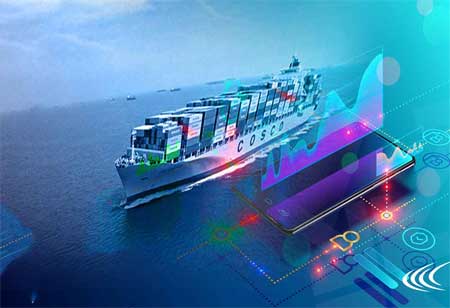THANK YOU FOR SUBSCRIBING
THANK YOU FOR SUBSCRIBING

By
Logistics Transportation Review | Wednesday, September 27, 2023
Stay ahead of the industry with exclusive feature stories on the top companies, expert insights and the latest news delivered straight to your inbox. Subscribe today.
Collaboration between rail operators, shippers, and stakeholders is essential to a smooth and efficient supply chain amidst global complexities.
FREMONT, CA: Rail intermodal operators are grappling with various challenges as they approach the peak season. Shippers are urged to develop contingency plans to avoid further disruptions in the supply chain. The extensive intermodal operations of Class 1 railroads continue encountering various issues while striving to move peak season cargoes efficiently, ensuring the timely availability of goods for the annual holiday sales push.
These challenges stem from ongoing problems that have plagued rail service providers, drayage firms, importers, exporters, and warehouse operators since the onset of the Covid pandemic. Containers accumulate at seaports and inland port intermodal (IPI) facilities, which are off-port or inland rail depots where containers are staged and loaded onto stack trains. Intermodal rail capacity remains persistently problematic, with train departures facing delays or cancellations due to staffing shortages resulting from Covid-related furloughs and layoffs. On-time train arrivals are currently hovering in the mid-70 percent range, indicating the continuing struggles.
Adding to the complexities is the impact of warehouses already filled with aging inventory that needs to be transported to stores. The capacity crunch on the landside means that newly arriving goods have no available space. Consequently, inbound containers sit on rail ramps for extended periods, exacerbating congestion issues. Containers that manage to move off the ramps often end up parked at warehouses, unable to be promptly unloaded. This creates an additional capacity issue, as chassis, the wheeled frames that support containers, are then delayed in their return to ports and inland rail ramps.
These challenges foreshadow a challenging end-of-year period for intermodal rail providers, drayage truckers, and shippers. Ocean carriers, seeking to meet the high demand and high-profit loads in Asia, largely halted cargo flow through IPI facilities last year and early this year. When shipping resumed, it led to a surge of freight overwhelming inland intermodal systems, ill-prepared to handle such rapid and significant changes. Freight volume escalated sharply, resulting in chassis shortages in many lanes, and warehouses were already filled with the wrong inventory, causing seemingly insurmountable bottlenecks.
While capacity remains tight, there are signs that demand is starting to slacken, offering some potential relief towards the end of the year. Rail operators are making progress in reducing congestion by adding more crews and improving on-time dispatches. However, supply chain challenges have impacted service, prompting companies to restrict inbound freight in congested ramps. The fluidity and throughput at intermodal ramps also depend on prompt actions from shippers to pick up their containers. As shippers have control over the first or last mile of transportation, their cooperation is crucial in processing loads and promptly removing them from inbound ramps.
Rail intermodal operators face numerous challenges as they navigate the peak season demands. While efforts are underway to address some of these challenges, rail operators, shippers, and other stakeholders need to collaborate to ensure a smooth and efficient supply chain amidst ongoing complexities.
I agree We use cookies on this website to enhance your user experience. By clicking any link on this page you are giving your consent for us to set cookies. More info





